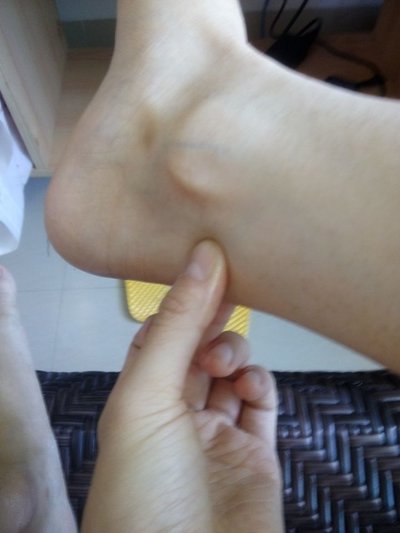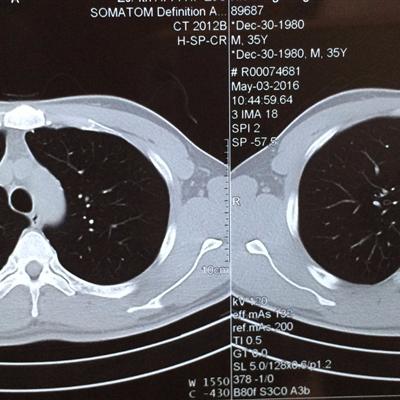Symptoms and treatment of cervical spondylosis
summary
Cervical degenerative changes are the main cause of cervical spondylosis, in which the degeneration of intervertebral disc is particularly important. It is the first factor of the degeneration of various structures of cervical spine, and thus evolved into a series of pathoanatomical and pathophysiological changes of cervical spondylosis. Tell us about the symptoms and treatment of cervical spondylosis
Symptoms and treatment of cervical spondylosis
Vertigo is a common symptom of cervical spondylosis of vertebral artery type. The patient's position changes due to the extension or rotation of the neck, leading to vertigo. Vertigo caused by ischemic lesion of vestibular nucleus usually lasts for a short time and disappears in a few seconds to a few minutes. At the time of onset, the patient may have mild loss of consciousness and dyskinesia, manifested as unstable walking or leaning to one side; Vertigo caused by labyrinthine ischemia is not accompanied by disturbance of consciousness. Vertigo caused by vestibular neuropathy belongs to central vertigo; Labyrinthine ischemic lesions belong to peripheral vertigo. Some patients have nausea, acute onset of patients can not look up, a few patients have diplopia, eye tremor, tinnitus and deafness and other symptoms. In the aspect of physical signs, the patient's neck movement is limited during the onset of the disease. Neck rotation or movement can cause dizziness, nausea or palpitation; Some patients can hear the murmur caused by vertebral artery distortion and blood flow obstruction by auscultation on the affected clavicle. At the same time, there was obvious tenderness in spinous process and displaced facet joint.
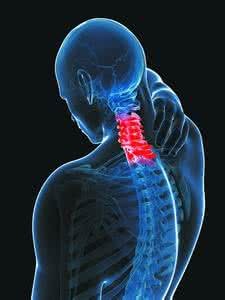
Due to the spasm of vertebrobasilar artery system caused by cervical spondylosis, secondary cerebral occipital lobe visual center ischemic lesions, a few patients may have vision loss or visual field defect, or even blindness in severe cases.
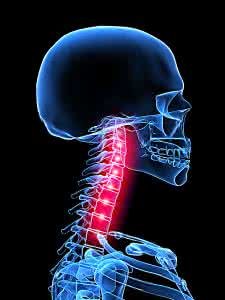
When the patient's neck rotates, he suddenly feels the weakness of his lower limbs and falls. The clinical features are: the patient has a clear consciousness at the time of onset, can get up by himself in a short time, and even walk. This is different from other cerebrovascular diseases.
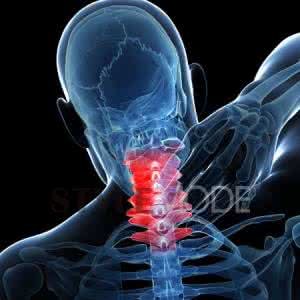
matters needing attention
Traction widens the space between vertebral bodies through external or human body's own gravity, restores the protrusion of nucleus pulposus, restores the normal arrangement of vertebral bodies, relaxes the ligaments, reduces the compression and stimulation on the spine and spinal nerve roots, and achieves the therapeutic purpose. Cervical traction therapy is a more effective and widely used treatment for cervical spondylosis. This therapy is suitable for all types of cervical spondylosis, and is more effective for early cases. Cervical traction for cervical spondylotic myelopathy with longer disease stage can sometimes aggravate the symptoms, so it is rarely used.





